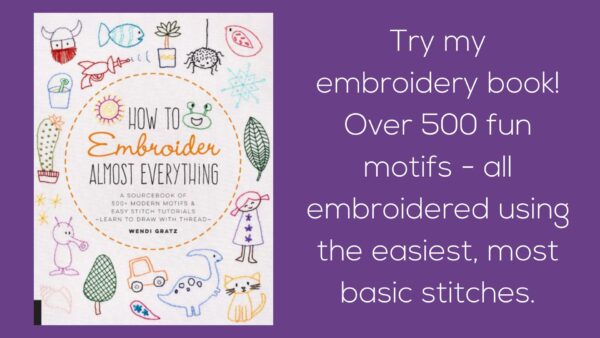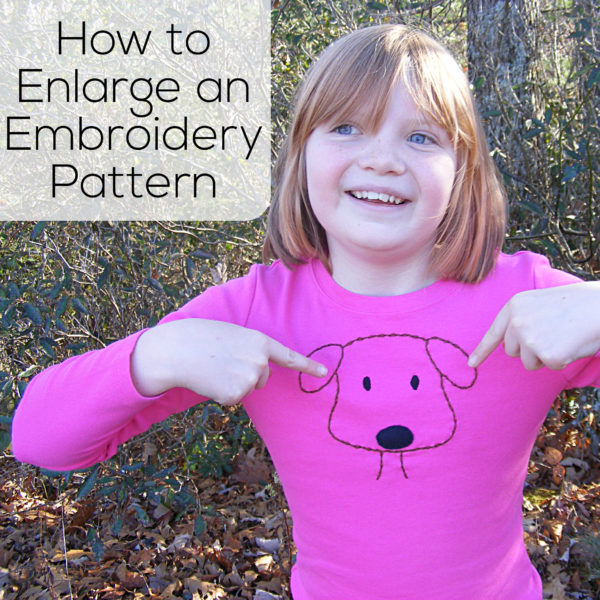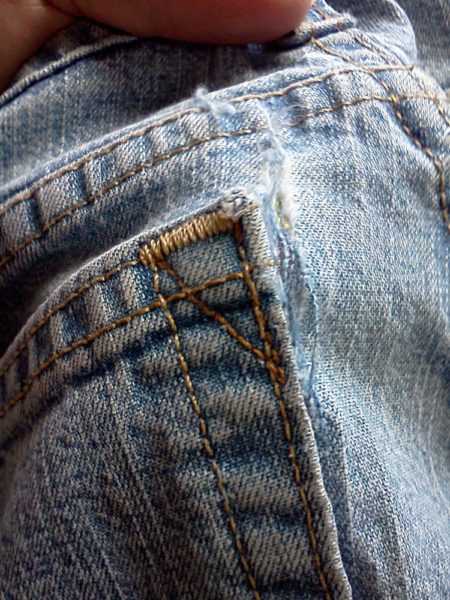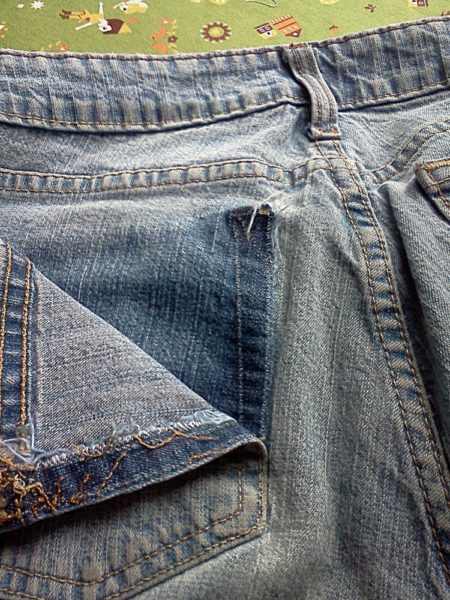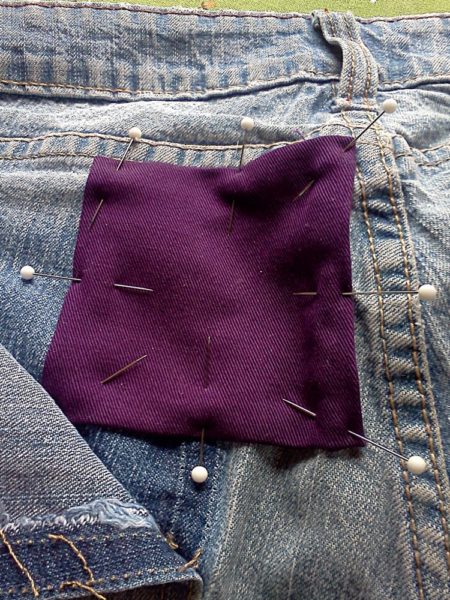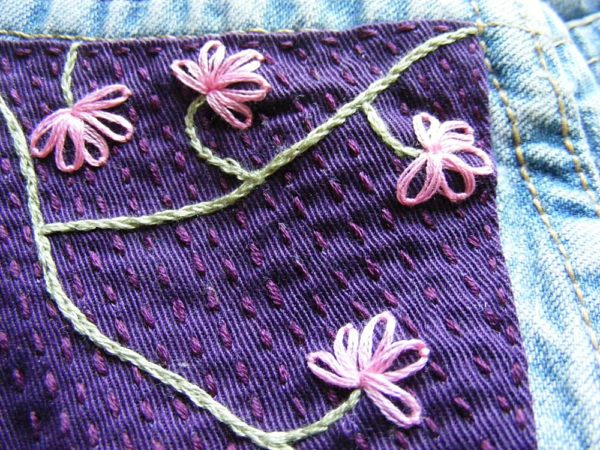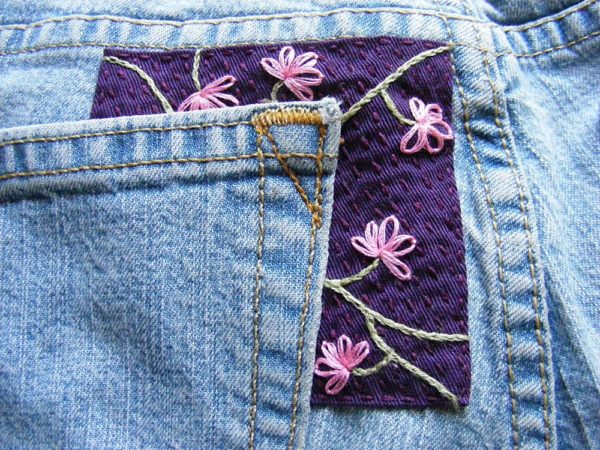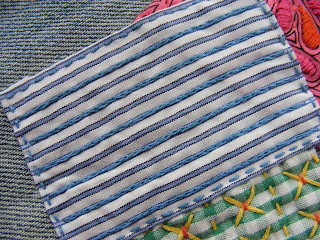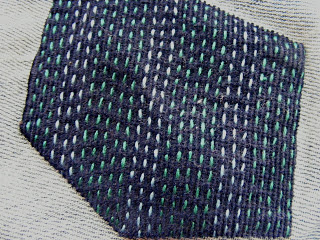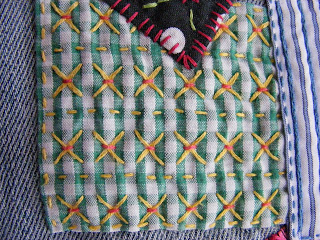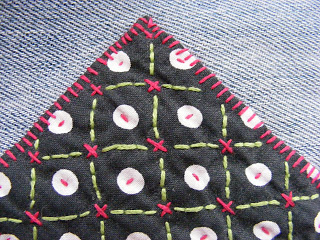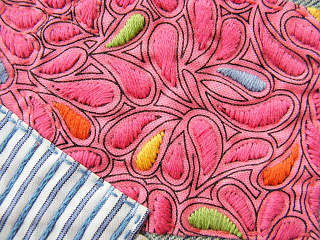You know how I’m always saying you can play with the size of your embroidery patterns? Well – here’s a prime example. As soon as she saw the finished dogs my daughter squealed, “Ooooooh! That one is soooooo cute! Will you please stitch it on a T-shirt for me?”
Before I could even answer her she had pulled a blank T-shirt out of her closet and chosen the thread color she wanted for the dog.
I enlarged the pattern on the computer (you could use a copy machine if that’s more convenient). 6″ tall seems to be a great size for all T-shirt embroidery.
This post has some instructions for enlarging an embroidery pattern.
It’s important to NOT skip the stabilizer step with any embroidery on stretchy fabric — there’s a how and why video here.
Sulky Sticky Fabri-Solvy is what I use for all T-shirt embroidery. Pattern transfer and stabilize in one easy step – you’ve got to love that! See how it works in this video.
Enlarging the pattern made the lines really thick (remember – I was sizing up from a pattern that was less than 2 inches tall). I used a full 6 strands of thread to get a nice heavy backstitched line. I satin stitched the eyes and attached a little fleece nose with simple running stitches. An hour and a half later I had one finished T-shirt and one very happy daughter. 🙂

Here are all my posts about working with patterns.
Pattern Sources
- My book – How to Embroider Almost Everything – has over 500 motifs
- My digital pattern shop
- My free patterns
- How to Work with Digital Patterns
- How to Work with Digital Patterns If You Don’t Have a Printer
How to Resize a Pattern
- How to Transfer and Stabilize an Embroidery Pattern (my preferred method)
- How to Transfer an Embroidery Pattern (other methods)
- How to Enlarge or Reduce Digital Patterns
- How to Use a Tiny Embroidery Pattern to Stitch a T-shirt
Return to the Learn to Embroider main Table of Contents.
Move on to the posts about knots. Yes – a whole section about knots. 🙂

